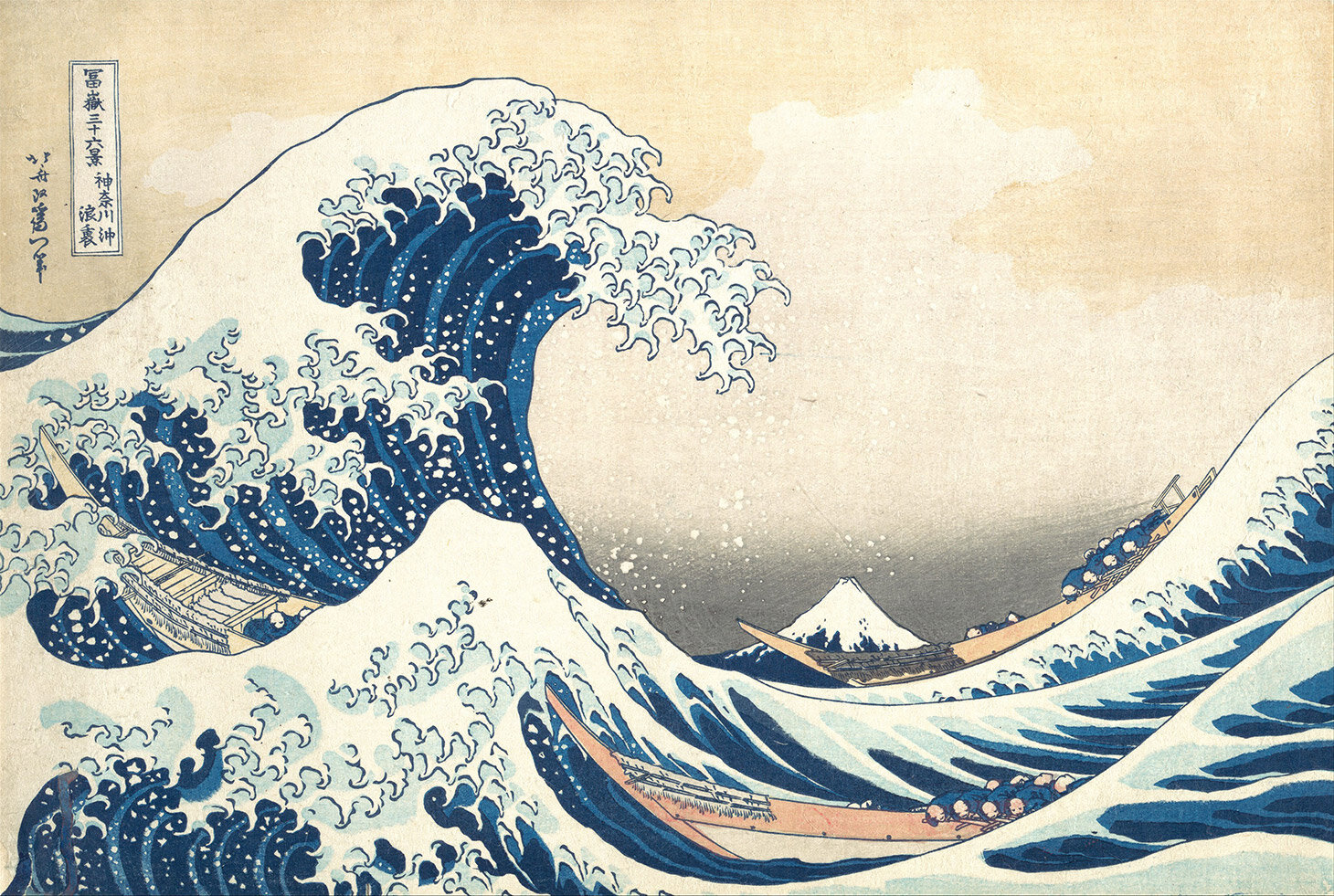ArtReview
March 2022
Laura Raicovich on Adrian Paci’s film U’ncuontru and learning how to be together again in an age of perpetual crisis
Essay

Laura Raicovich on Adrian Paci’s film U’ncuontru and learning how to be together again in an age of perpetual crisis

Neutrality is a veil for wielding power: this is the status quo that requires resistance.

MoMA’s recent expansion embodies the tension between the ways in which cultural spaces can offer visitors comfortable narratives and on the other, how they can suggest the potential for radical inclusiveness by iteration, reinvention, and reinstallation. Photo: Jasmine Weber

Exposing systems of injustice and how they operate is Haacke’s great skill. At the New Museum, the artist draws the connections, and we follow along, wondering what our role is in this circuit.

Cruzvillegas’s forms embody the precariousness and hope, if not the danger, of contemporary notions of borders, and the forces at work that make them porous or impenetrable.

Edwards’s sculptures, on display at Alexander Grey Associates in New York, establish him as a master of his various crafts with with an acute sense of rhythm and movement.

Gibson’s ongoing explorations of identity and art history have produced a dizzying range of forms over the course of his career.

In The Last Cruze, the artist hones in on the vast inequities that persist in US society, as well as the tender relationships that enable survival and persistence in spite of them.

With its focus on art from Indonesia and Southeast Asia, this year’s edition of the Biennale Jogja offers a fresh take on discussions of centers and peripheries.

The artist’s new commission leaves much to contemplate simultaneously — mortality, desire, and the ways in which absence and longing are such a fundamental part of life.

A broad swath of society seems to feel more welcome in a public library rather than a museum. I examined the Brooklyn Public Library as a model of heightened engagement through collective knowledge creation.

Graphic designer and activist Josh MacPhee’s third edition of Encyclopedia of Political Record Labels unlocks a whole world of political storytelling.

In reflecting on Mutu’s recent commission for the Met’s façade one morning, I realized that her sculptures make space for excellences and joys that dominant Eurocentric histories have ignored and excluded.

Artist Alicia Grullon performs the role of a UN representative for refugees to address the migration crisis at the southern US border.

A steadfast feminist in a male-dominated art world, Joanna Drew was among a handful of individuals who shaped contemporary visual art in Great Britain post-World War II.

Both the J. Paul Getty Trust and the Metropolitan Museum of Art have created online databases that bring thousands of artworks to screens across the globe. Here’s what most folks download.

As a non-specialist Rene d’Harnoncourt had a rare ability to engage deeply with objects across time, cultural specificity, and form.

Curators Jaishri Abichandani and Natasha Becker unpack Perilous Bodies, Radical Love, and the upcoming Utopian Imagination exhibitions — three exhibitions that formed one series for the Ford Foundation Gallery’s inaugural year.

The speed with which the Hong Kong demonstrators’ informative zines have been distributed, collected, and even exhibited internationally is remarkable. We spoke with ZineCoop, one of the groups behind the effort, to discuss why they are so powerful.

If art and culture can go beyond symbolic power and occupy both poetic and utilitarian registers, Mladen Miljanović succeeds with his Didactic Wall exhibition.